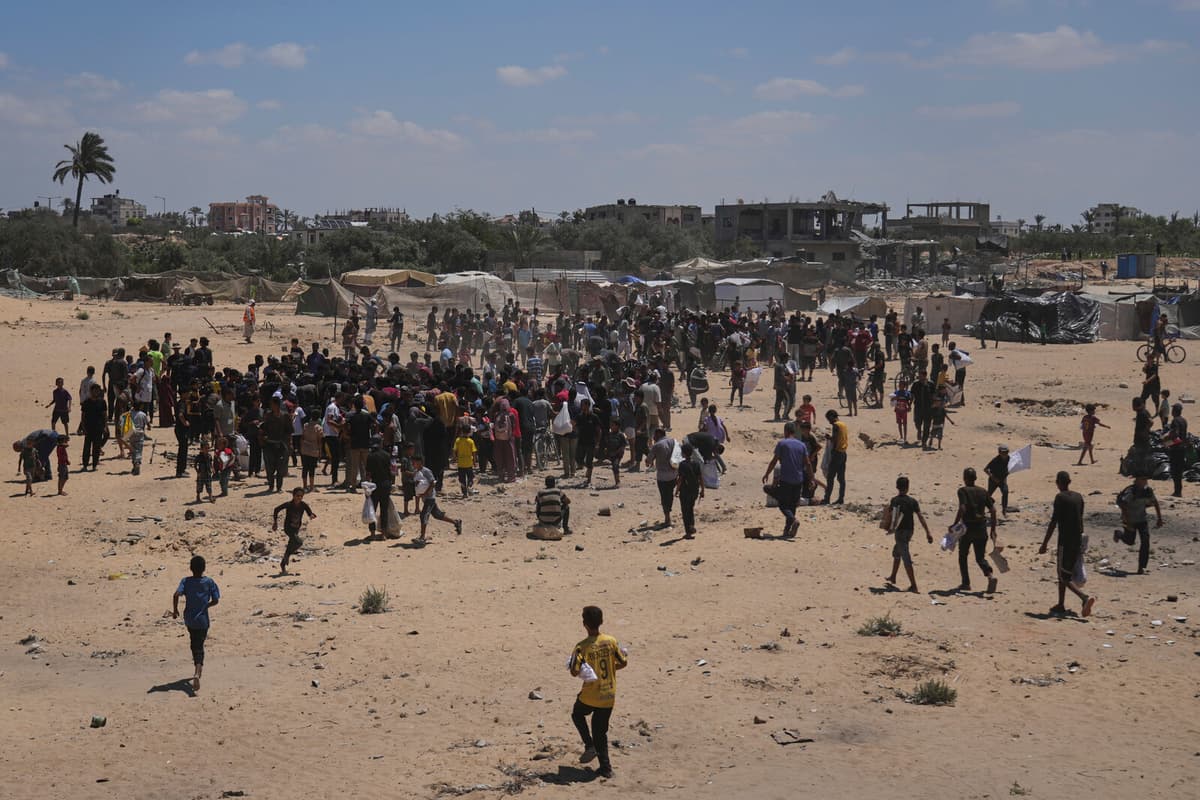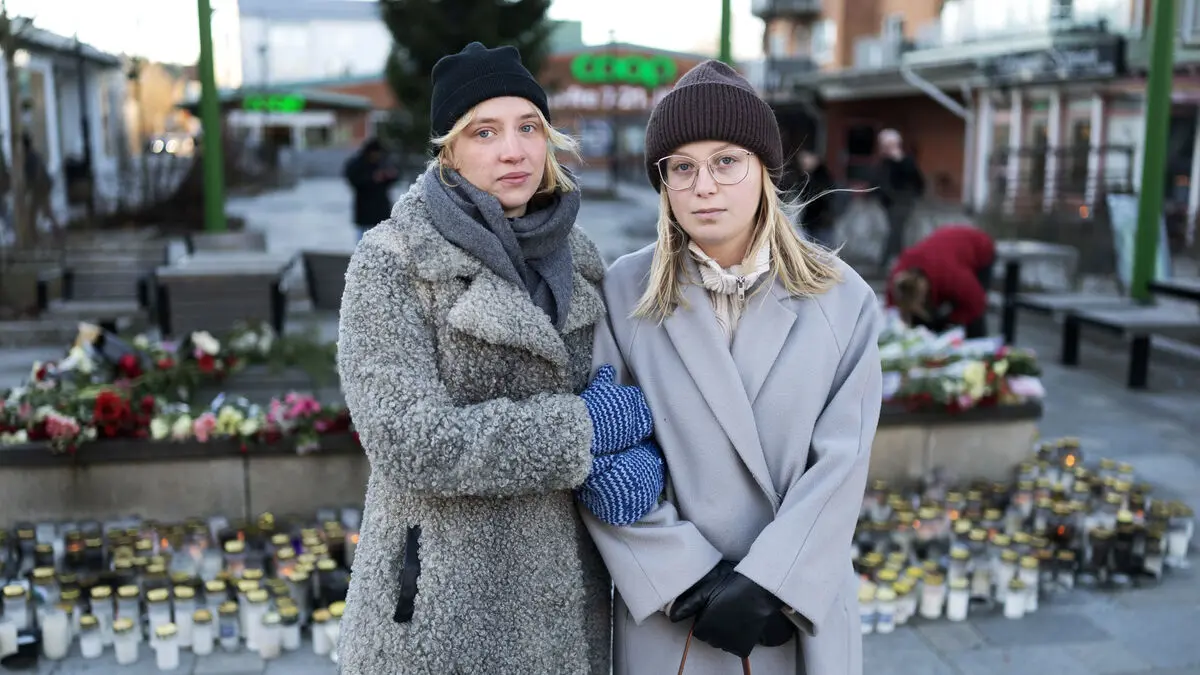Israel's military controls about three-quarters of the Gaza Strip today, but apparently, Prime Minister Netanyahu wants to expand the military operation, perhaps even ordering a complete occupation. According to The Times of Israel, the Prime Minister is expected to approve the occupation plan as early as Thursday.
This would in practice mean that thousands of Israeli soldiers take over the entire Gaza Strip and that the Palestinians would be locked into small enclaves under close surveillance and with even more limited ability to move, according to Sky News.
It would mean that the entire Gaza loses its right to self-determination, says Ove Bring, professor emeritus of international law at Stockholm University.
Not a permanent solution
He points out that an occupation under international law can never become a permanent solution.
The population living on occupied territory should eventually regain control over their lives, says Ove Bring.
The idea is that Palestine should have a future as an independent state and member of the UN. Such development will be stopped by an occupation of the Gaza Strip, says Ove Bring.
He says that an occupation also entails responsibilities towards the population.
The Israeli state has not shown any humanitarian concern for Gaza's population.
Takes hostages to death
He points above all to food supply as a responsibility.
The occupying power has a humanitarian responsibility. It does not have to ensure that it becomes like a welfare state, but rather that the civilian population can live a normal life with access to food and healthcare.
On Tuesday, Netanyahu was in a three-hour meeting with Defense Minister Israel Katz and the head of the Israeli military, Eyal Zamir. The latter is said to have presented several plans to gradually expand the military operation in Gaza, but at the same time warns that total control of the land strip would pose a danger to the hostages held by Hamas.
Ove Bring is on the same track:
Yes, for the Israeli hostages, I am afraid it will make a big difference. The difference between life and death.
A complete military disaster for Hamas means that they take the hostages to death.
The Gaza Strip is located at the southeastern corner of the Mediterranean. In addition to the sea, Gaza borders Egypt in the southwest and is otherwise surrounded by Israel.
The population of the Gaza Strip has been estimated at over two million people.
The area was part of the Ottoman Empire for several hundred years, later under British control (1918-48), and after that, in practice, under Egypt. Israel took Gaza into possession in connection with the Six-Day War in 1967.
According to the Oslo Agreement from 1993, Israel should allow the Palestinian Authority (PA) certain self-government in the Gaza Strip.
In the mid-2000s, it became turbulent, as Israel first left its disputed settlements in Gaza and the hardline Islamist Hamas soon after won a parliamentary election there. Hamas wanted to form a broad coalition with al-Fatah and other Palestinian parties, but the talks failed. After a partially violent struggle, the Islamist movement took power in Gaza in 2007. Thus, what remains of Palestinian self-government is divided into two, since al-Fatah through PA continues to rule the Israeli-occupied West Bank.
Since then, Israel has maintained a blockade against the area. Egypt has also treated Gaza restrictively.
Hamas, which is listed as a terrorist organization by, among others, the EU and the US, and other militant Palestinian groups have in recent years fought several devastating wars against Israel. What is raging now is by far the largest and bloodiest.
Source: Landguiden / Utrikespolitiska institutet, National Encyclopedia





